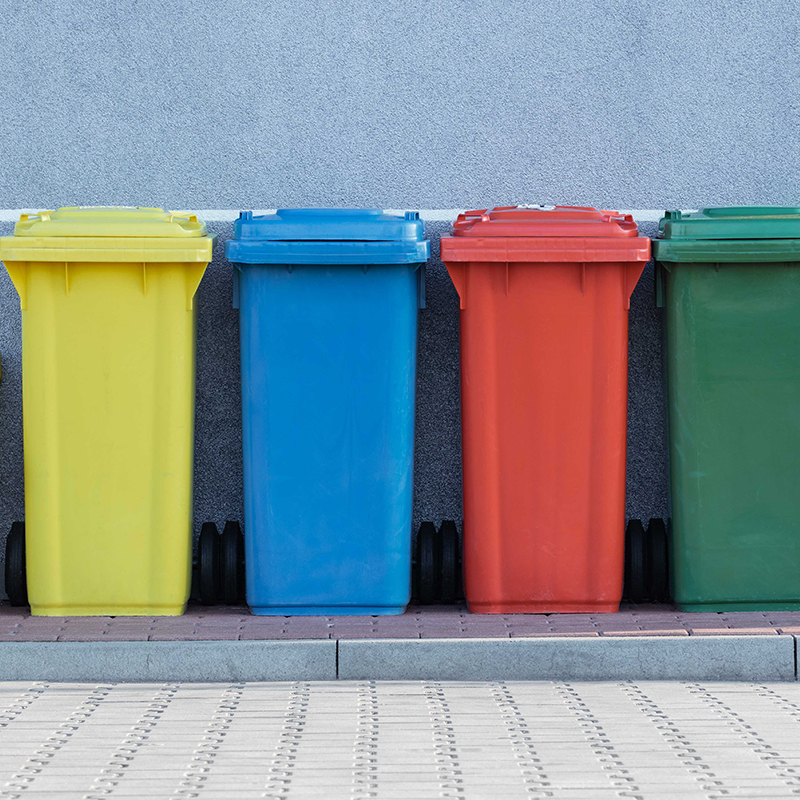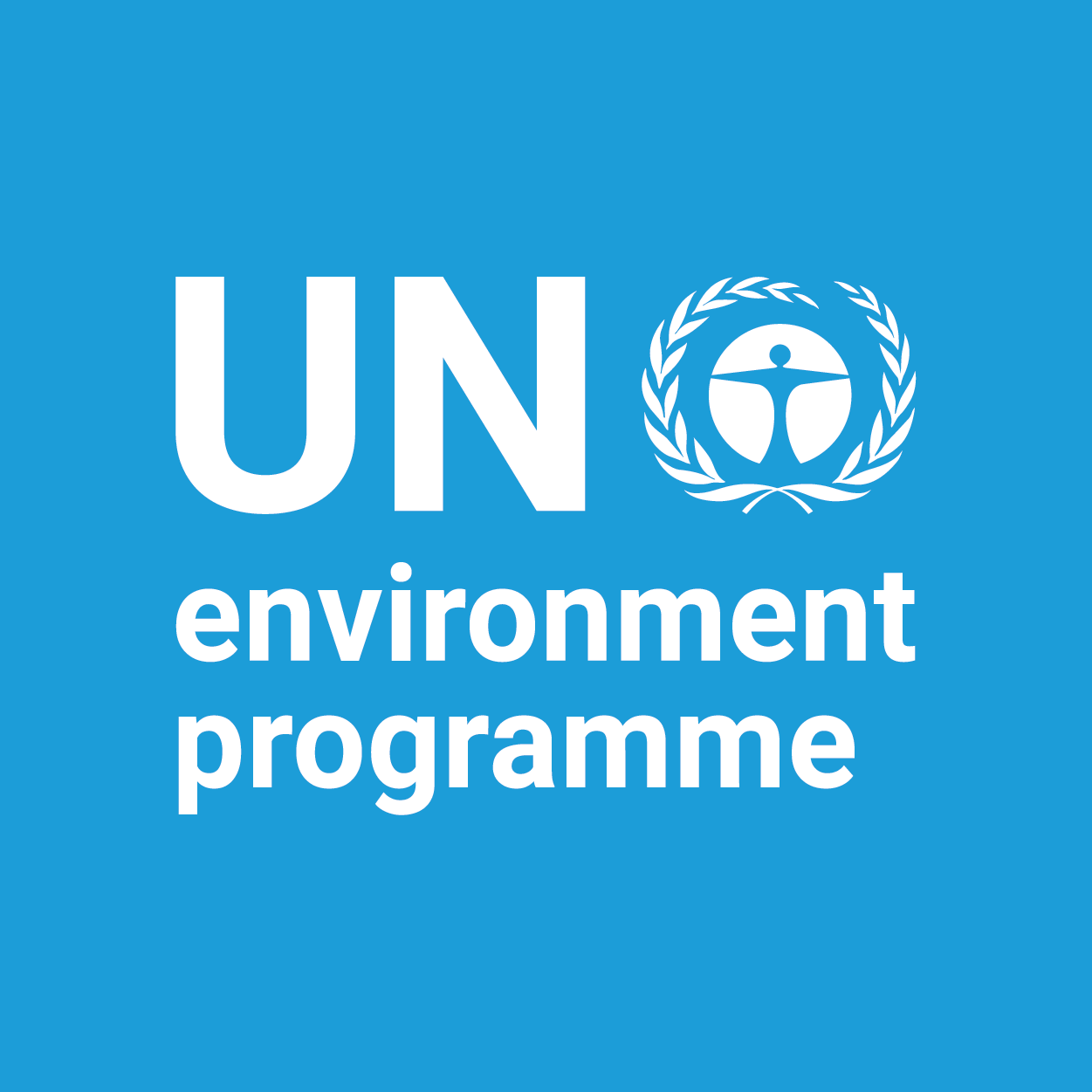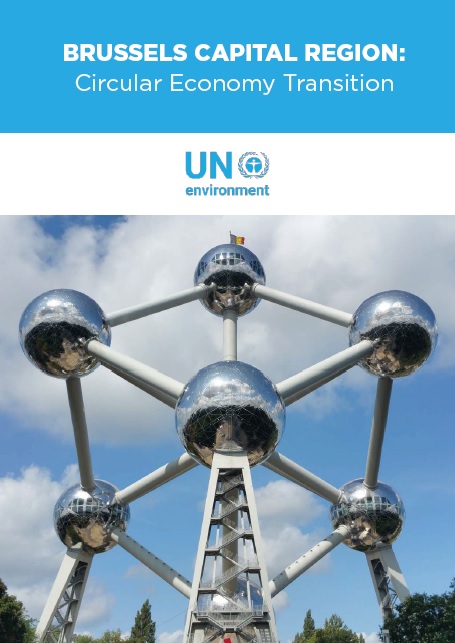
Belgium | 2017-2018
Objective: monitoring the Brussels Capital Region’s circular economy plan, by developing indicators such as, “recycling rate”, “per capita demand for imported construction materials (residential sector)”, and “per capita generation of construction and demolition waste.”
Brussels: the capital of Belgium and home to the institutions that make up the European Union (EU). This hub of EU activity is comprised of around 1.2 million inhabitants from the different EU countries and beyond, and has a very service-oriented economy (think people in suits, inside offices with wall-to-wall carpets). The city of Brussels collects 0.4 tons of solid waste per capita and recycles about 37% of this solid waste. How could Brussels further enhance its solid waste collection and go beyond the 50% range and become more circular?
In 2016, the Brussels Capital Region adopted its Regional Programme for a Circular Economy to “use resources efficiently while reducing losses towards building an innovative regional economy”. UNEP (under the umbrella of the Global Initiative for Resource Efficient Cities or GI-REC), along with Ecocity Builders and the World Council on City Data (WCCD), in collaboration with Brussels Environment, is supporting monitoring of Brussels Capital Region’s circular economy plan. Through an analysis of existing data for the city and comparing this with a subset of cities in the WCCD ISO 37120 certified city network, the project provided the city-region with recommendations on how to monitor the progress of its circular economy programme. The recommendations come in the form of macro-level indicators to track their progress, built on data and indicators that the city-region is already using, and a framework to adapt these indicators as the city transitions to a more circular economy. These indicators include, among others, “recycling rate”, “per capita demand for imported construction materials (residential sector)”, and “per capita generation of construction and demolition waste.”
Remember the wall-to-wall carpets inside offices? Given the amount of offices in the capital of Europe, it was estimated that around 70 000 000 tonnes of carpets were going up in flames (since when office tenants change, they often change the carpets when they move in). The carpet recycling was part of the 111 targets (target RD17) of the Brussels plan. The framework for indicators that UNEP and its partners put into place help in the tracking of the recycling rate (of, among others, the carpets), and how much the city is importing in terms materials needed for construction.

